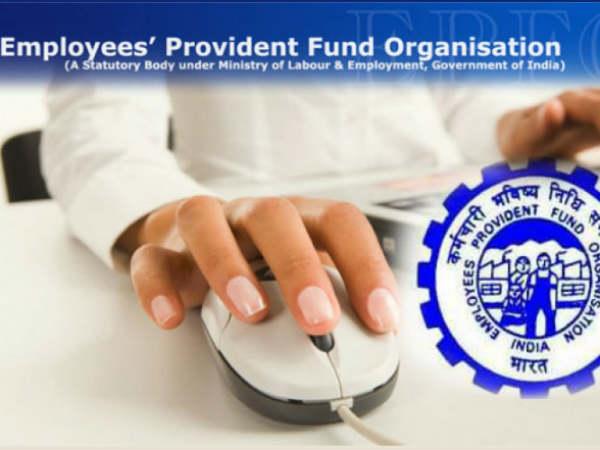With central banks world over resorting to easy monetary policy, interest rates have plunged to all-time lows. If you are an NRI the rates offered on fixed deposits by banks in India may, however still be relatively higher when compared to those on fixed income investments in countries where you currently reside – be it the USA, UK, Australia, Saudi Arabia, or Denmark.
NRIs can invest in bank FDs in India either in Indian rupees or foreign currency. The rupee-denominated bank deposits can be NRE or NRO depending on the source of the money being invested. If income has been earned in India, the money must be deposited in an NRO (Non Resident Ordinary) deposit only. In other cases, an NRE (Non Resident External) deposit will be opened.
Those wishing to keep the money in the currency of the country where they currently live, can choose between FCNR (Foreign Currency Non Repatriable) Deposits and RFC (Resident Foreign Currency) deposits. These FDs fetch interest income in foreign currency and help save on costs (also losses at times) on account of currency conversion. Most banks accept FCNR deposits in currencies such as the Great Britain Pound, the US Dollar, the Euro, the Canadian Dollar, the Japanese Yen, and the Singapore Dollar.
However, in case of RFC deposits, banks mostly accept deposits in the Great Britain Pound and the US Dollar. The RFC deposits are mostly a preferred choice for those who wish to return to India or have already returned to India. RFC deposits, which can be held for a maximum tenure of three years, allow such NRIs to park incomes earned abroadon their return to India. These deposits help save taxes when you lose your ‘non-resident’ status as per the tax laws.
Not only do these different deposits available for NRIs offer varying interest rates but their taxability and the rules of repatriation also differ. To help you choose better, here is a lowdown on their varying features.
Returns and taxes
The rates offered on NRO and NRE term deposits are mostly at par with those offered to resident deposit holders. The tenure too is similar. In the case of NRE term deposits alone, however, most banks do not offer deposits for less than a year’s term.
Currently, Indian banks offer interest rates in the rage of 4.9 to 6.5 per cent per annum, on deposits with tenures ranging from one to five years.
That said, since the interest earned on NRE deposits is exempt from taxation in India, the post-tax return is higher for these deposits. The interest earned on NRO deposits, which comprise monies earned in India is taxed as ‘income from other sources’. Besides, the tax rate is as per the DTAA (Double Taxation Avoidance Agreement) between India and the respective country. Under Section 80 C of the Income tax Act, while investments in certain NRO deposits (tenure of five years or more) are eligible for tax deduction, the interest earned on the same continues to be taxable.
The interest rates offered on FCNR and RFC deposits vary according to the currency and the tenure selected. For instance, SBI offers interest rates in the range of 0.66 to 1.38 per cent per annum on its USD denominated deposits for 1 to 5 year tenures. While for the Euro denominated deposits of a similar deposit, the bank offers 0.01 to 0.15 per cent per annum.
The interest earned on FCNR deposits is tax-free for all NRIs, while that on RFC deposits is exempt only for taxpayers defined as resident but not ordinarily resident per the IT Act. For other NRIs, interest earned on RFC Deposits shall be taxable.
Repatriable or not
For NRIs, repatriation of funds might also play a crucial role in deciding the kind of deposit. Funds deposited in NRE, FCNR or RFC deposits are fully repatriable —both principal and interest. In the case of NRO deposits, while the interest earned on such deposits can be freely repatriated, the principal amount deposited is repatriable only subject to conditions.
Since the amount deposited in NRO accounts construes monies earned in India, repatriation is allowed only in the cases of certain current incomes such as rent, dividend, and pension. The RBI permits free repatriation (without prior approval) of up to USD 1 million, per financial year from such balances held in NRO accounts (along with other eligible assets), subject to tax payment.
Joint holders
While two or more NRIs can freely open a joint account in any of the above deposits, a joint deposit account with any person resident in India (irrespective of their relationship with the NRI) is permitted only in the case of an NRO account, that too on a ‘former or survivor’ basis. This means that in such joint deposits, the primary holder (NRI) will operate the account in all circumstances except in case of his/her death. Only in case of death of the first person, the joint holder will be eligible to operate the account.
For NRE, FCNR and RFC deposits, joint deposits with residents are permitted on a ‘former or survivor’ basis, only with their resident relatives These relatives include spouse, parents, siblings, and children and their respective spouses. The resident relative can, however, operate the account as a Power of Attorney holder during the lifetime of the NRI/ PIO account holder.
Akin to the term deposits discussed above, NRIs can also open a savings account, current account or a recurring deposit. Again depending upon the source of income, these can be either NRE/NRO accounts.
Do note that FCNR and RFC are choices available in term deposits only. Unlike term deposits, such savings/ current accounts can come in handy for meeting regular expenses of your dependants in India.
NRO, NRE deposit rates are at par with offers for residents
Interest earned on NRE deposits is exempt from taxation in India
NRE, FCNR or RFC deposits are fully repatriable



